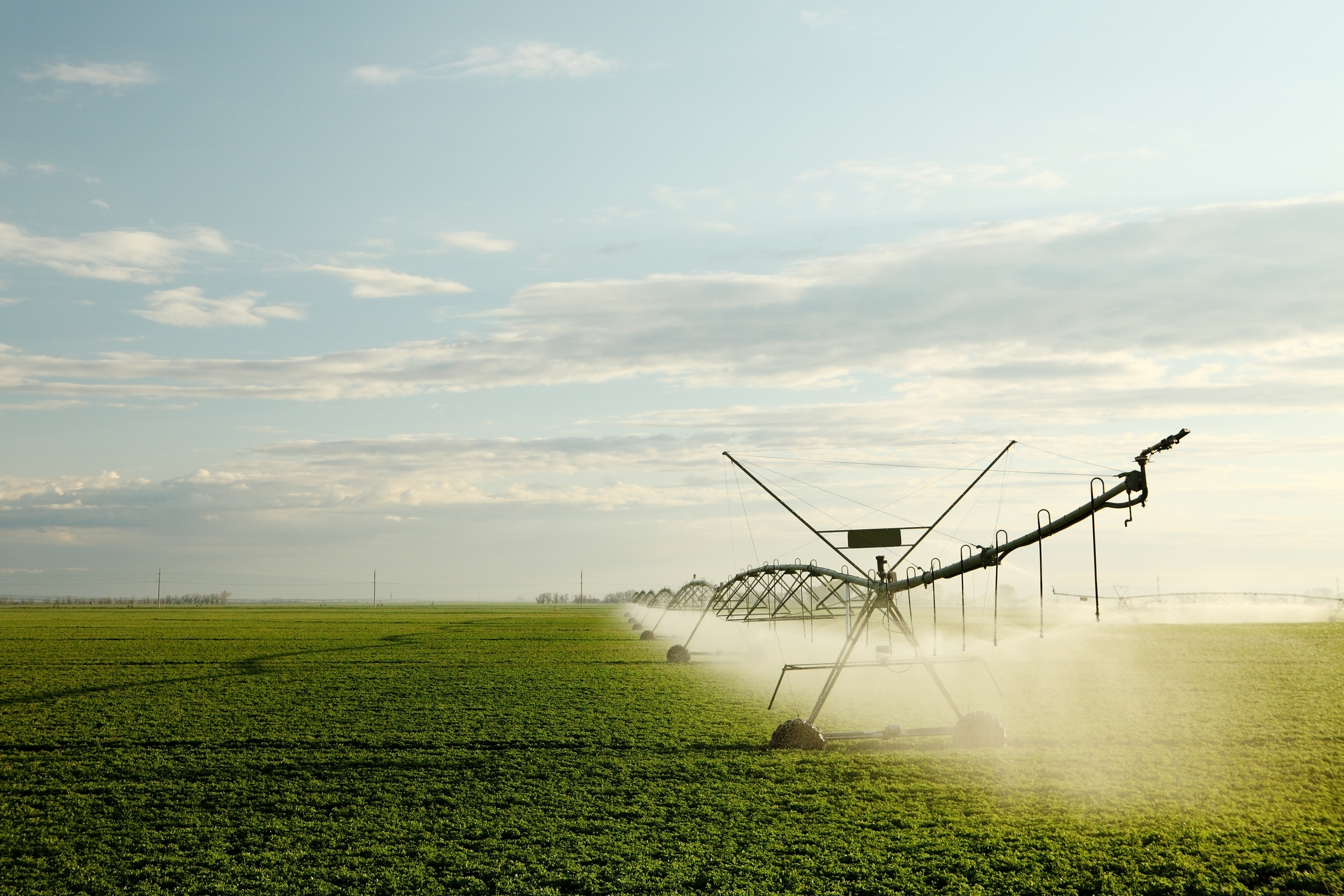Irrigation helps crops to get the water they need to grow. Without proper irrigation, farmers can struggle to produce enough food. In recent years, plastic components have become a big part of modern irrigation systems. These plastic parts are lightweight, durable, and often more affordable than traditional materials.
This blog will focus on how new plastic irrigation system components are changing the way farmers manage their water supply. We will look at the benefits these innovations bring, such as better water proficiency and easier installation. By using these advanced plastic materials, farmers can improve their irrigation practices and support healthier crop growth.
The Growing Need for Farm Irrigation
Farmers today face serious challenges due to water scarcity and climate change. With changing weather patterns, many regions are experiencing less rainfall, making it harder for crops to get the water they need. This situation can lead to lower crop yields and increased stress on farmers trying to maintain their livelihoods.
Effective irrigation is important for maximizing crop yields. When farmers use water wisely, they can make sure their plants get the right amount of moisture when they need it. This not only helps crops grow better but also conserves water, which is becoming a rare resource in many areas.
Plastic has become a useful and strong option for modern irrigation needs. It is lightweight, does not rust, and can be shaped to fit different farming methods. Plastic pipes and drip irrigation systems can send water directly to plant roots, reducing waste and increasing productivity. By using agricultural plastic solutions, farmers can better handle the challenges of water scarcity and climate change while increasing their productivity. This highlights the importance of finding a reliable plastics manufacturer for agriculture to support these efforts.
Advancements in Plastic Irrigation System Components
Recent years have seen significant innovations in plastic irrigation systems that are revolutionizing the agriculture industry. These advancements are making irrigation more sustainable, and adaptable to the needs of modern agriculture. Here are some of the innovations in plastic irrigation system components:
- Precision Drip Irrigation
Drip irrigation systems using plastic tubing and emitters have become increasingly precise and customizable. Farmers can now control parameters like irrigation timing, duration, and water flow rate based on specific crop needs and weather conditions. This allows for delivering the exact amount of water the plants need, reducing waste and maximizing yields.
- Smart Irrigation Controllers
Smart irrigation controllers are changing drip systems into intelligent, automated networks. These controllers integrate with sensors that monitor soil moisture, plant health, and weather data. Using AI and IoT technologies, the controllers analyze this data and automatically adjust irrigation schedules to optimize water usage. This automation saves time, and labor, and plants get the right amount of water.
- Subsurface Drip Irrigation
Subsurface drip irrigation (SDI) involves seeding plastic drip tubing underground to deliver water directly to plant roots. SDI reduces evaporation, suppresses weed growth, and allows precise control over water application. The buried tubing is made of durable plastic that can last for many years. SDI is an effective solution for row crops, orchards, and vineyards.
- Solar-Powered Systems
Solar-powered drip irrigation systems are becoming popular for their eco-friendliness and cost-effectiveness. In these systems, solar panels generate electricity to power water pumps and controllers. This reduces reliance on grid electricity or diesel generators. Solar drip systems can be scaled to suit small gardens or large farms.
- Fertigation
Fertigation is the process of injecting fertilizers and nutrients into drip irrigation water. Plastic components like venturi injectors and backflow preventers enable precise fertigation. This allows farmers to deliver the right nutrients to crops at the optimal time, improving nutrient uptake and reducing fertilizer waste.
These innovations in plastic irrigation system components are making drip systems smarter, more effective, and more adaptable to modern agriculture. By reducing water and nutrient waste while boosting yields, plastic drip irrigation is an essential enabler of sustainable farming practices.
Other Advancements
- Innovative Materials
Modern plastic irrigation systems use advanced materials that are more durable, flexible, and resistant to environmental challenges. High-density polyethylene (HDPE) and polyvinyl chloride (PVC) are strong enough to handle extreme weather conditions.
These flexible plastics can bend and adapt to various shapes, making installation easier and lowering the chances of breaks or leaks. Many new plastics are also resistant to chemicals and fertilizers, which helps them last longer and reduces maintenance costs. This means farmers can rely on these irrigation systems for a longer time, making them a smart choice for effective farming.
- Customization for Diverse Farming Needs
One major advantage of plastic irrigation systems is that custom plastic parts for farming equipment can be designed for various crops.
- Large-Scale Farms: For big farms, irrigation systems can be built with larger pipes and automated controls. This design allows for effective coverage of more land so that all crops get enough water.
- Small-Scale Farms: Smaller farms and gardens can benefit from drip irrigation systems that use thin plastic tubing. These systems deliver water directly to each plant, making them ideal for limited spaces.
- Arid Regions: In dry areas, specialized plastic components like moisture-retaining mulches help reduce evaporation and keep the soil moist, even in hot weather.
- Integration with Technology
Plastic irrigation systems are now using smart technology to improve water use. Durable plastic sensors can measure soil moisture, temperature, and weather, giving farmers real-time information about their crops’ needs.
These sensors work with automated controls to adjust watering schedules based on the data, helping to prevent overwatering or underwatering. Many systems can also be monitored and adjusted remotely through smartphones or computers, allowing farmers to manage their irrigation without being in the field. This technology enables better decision-making and optimizes water usage for healthier crops.
- Sustainability
Advancements in plastic irrigation system components help promote sustainable farming by reducing water waste and supporting eco-friendly practices. Drip irrigation systems water plants directly at their roots, reducing evaporation and runoff. This way, more water reaches the crops. This method is important for conserving water and protecting local ecosystems.
Many new plastic materials used in these systems are recyclable, which cuts down on landfill waste. Additionally, some manufacturers are creating biodegradable plastics that naturally break down over time, further lowering the environmental impact of irrigation systems.
Conclusion
Innovative plastic irrigation system components are changing farm irrigation by introducing advanced technologies and materials that improve effectiveness and sustainability. Advancements include precision drip irrigation, smart controllers, subsurface systems, solar-powered options, and fertigation techniques. These innovations help farmers use water wisely and tailor irrigation to specific crop needs.
Additionally, New plastic materials are stronger and more flexible, which helps lower maintenance costs and makes systems last longer. Custom plastic solutions for modern farming can be tailored to different farm sizes and conditions, improving water use and crop growth. These advancements support sustainable practices and lead to better farming results.



